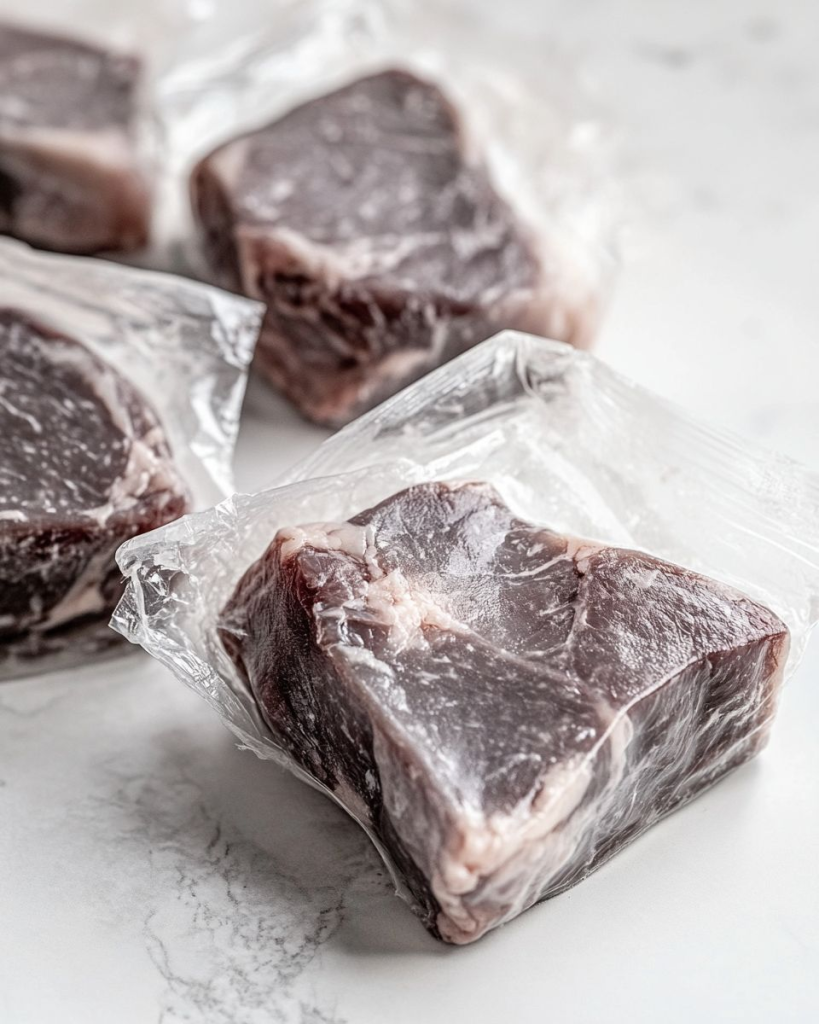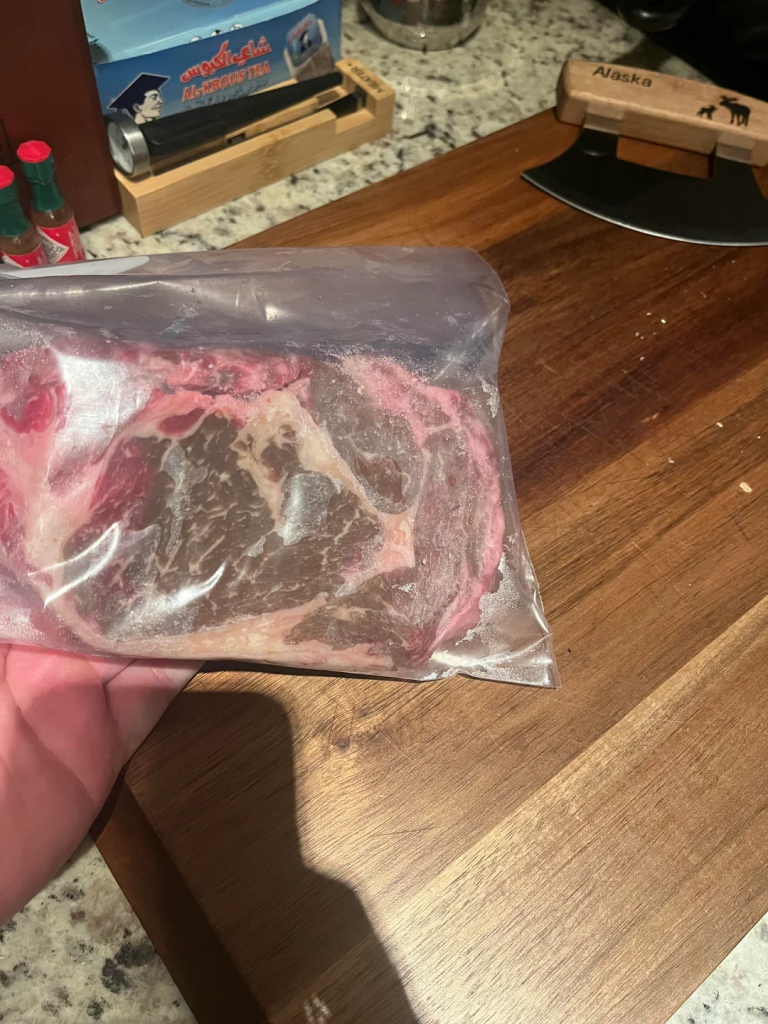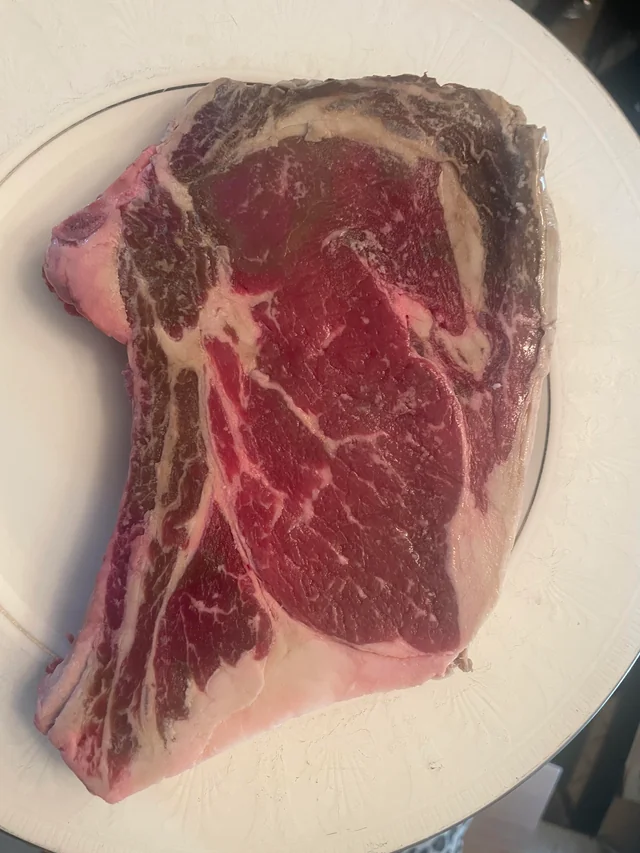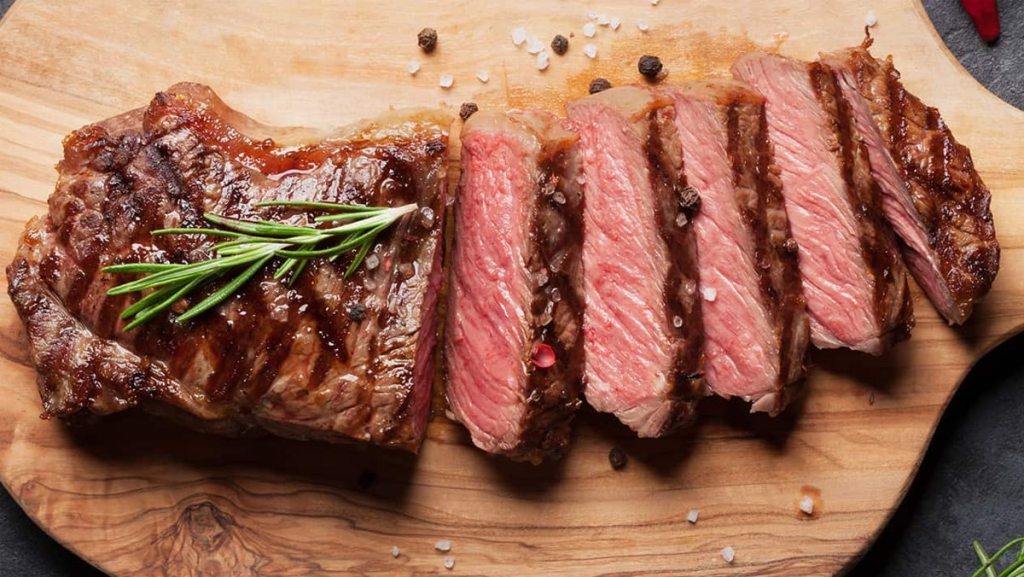You’ve planned a mouthwatering steak dinner, but when you pull the meat out of the fridge, it’s not the vibrant red color you expected—it’s gray. Now you’re wondering: Is it still safe to eat, or should you toss it? Understanding why steak changes color and whether it’s still good to eat will help you make the right decision and avoid unnecessary food waste.
Why Does Steak Change Color?

Meat color is a major factor in determining freshness and quality. Most of us associate a bright red steak with freshness, but color alone isn’t always an accurate indicator. The color of beef is determined by a protein called myoglobin, which binds with oxygen to create oxymyoglobin, the pigment responsible for that rich red hue.
Over time, various factors affect how myoglobin reacts with oxygen, causing the steak to take on different shades—including gray. While this color change might be unsettling, it doesn’t necessarily mean your steak has gone bad.
Common Causes of Gray Discoloration in Steak
1. Oxygen Exposure and Storage Methods
One of the most common reasons for gray steak is a lack of oxygen exposure. When steak is vacuum-sealed or tightly wrapped in plastic, myoglobin isn’t exposed to enough oxygen, which leads to a grayish or brownish appearance. This doesn’t mean the meat is spoiled—it’s just undergone a natural chemical change.
2. Prolonged Refrigeration
Even when stored properly in the fridge, beef will naturally change color over time. If your steak has been sitting in the refrigerator for several days, it may start turning gray as oxygen levels fluctuate. As long as it has no foul odor or slimy texture, it’s likely still safe to cook and eat.
3. Freezing and Thawing Effects
Steaks that have been frozen for an extended period can develop a grayish hue due to oxidation. This is more common when the meat isn’t tightly wrapped, leading to freezer burn, which dries out the meat and affects its color. While freezer-burned steak isn’t harmful, it may have a tougher texture and diminished flavor.
4. Temperature Fluctuations
If your steak was stored in a refrigerator with inconsistent temperatures or left out at room temperature for too long, it may develop a grayish color faster. Consistently storing meat at or below 40°F (4°C) is essential to maintaining its quality.
5. Aging and Natural Oxidation
Dry-aged steaks often turn gray or brown due to oxidation, but they develop deep, rich flavors over time. Similarly, meats in grocery store coolers may look grayish toward the end of their shelf life, especially if they haven’t been restocked recently.
Is Gray Steak Safe to Eat?

The color of your steak alone doesn’t determine its safety. While gray meat can be unappealing, it’s not necessarily spoiled. The key is to check for other signs of spoilage, such as:
- Unpleasant Odor – Fresh steak has a mild, iron-rich smell. If your steak smells sour, rancid, or ammonia-like, it’s no longer safe to eat.
- Slimy or Sticky Texture – A fresh steak should feel firm and slightly moist. If it’s slimy, sticky, or excessively wet, bacteria have started breaking it down.
- Visible Mold or Dark Green Spots – If your steak has visible mold, throw it out immediately.
- Extended Storage Beyond Expiration – If your steak has been sitting in the fridge past its use-by date and looks or smells off, it’s best to discard it.
How to Keep Your Steak Fresh and Vibrant
1. Proper Refrigeration
Store steak in the coldest part of your refrigerator, ideally at or below 40°F (4°C). Keeping the temperature consistent will help slow down oxidation and preserve the meat’s natural color.
2. Use Airtight Packaging
Vacuum-sealing steak or wrapping it tightly in plastic wrap followed by aluminum foil can help maintain its color and freshness. If storing in the fridge, try to consume it within 3 to 5 days.
3. Freezing the Right Way

If you’re not planning to cook your steak soon, freeze it instead. Wrap it in freezer paper or vacuum-seal it to prevent freezer burn. Properly stored steak can last 6 to 12 months in the freezer without significant quality loss.
4. Avoid Cross-Contamination
Keep raw meat separate from other foods in your fridge and use clean utensils when handling it. Bacteria from other foods can accelerate spoilage.
5. Cook It at the Right Temperature
Even if your steak has turned slightly gray, cooking it properly ensures it’s safe to eat. The USDA recommends cooking beef to an internal temperature of 145°F (63°C) for medium-rare and 160°F (71°C) for medium. Let the meat rest for at least 3 minutes before serving.
When Should You Toss Gray Steak?
If your steak is gray but still firm, odorless, and free from sliminess or mold, it’s likely safe to eat. However, if you notice any foul smells, sticky textures, or excessive discoloration, it’s better to be safe and discard it.
A grayish tint due to oxygen deprivation or aging isn’t a problem—but gray steak with a bad smell or slimy feel is a definite no-go. When in doubt, trust your senses!
Final Thoughts: Is Gray Steak a Dealbreaker?

A gray steak might not look as appetizing as a bright red one, but it doesn’t automatically mean it’s bad. Meat naturally changes color due to oxygen exposure, refrigeration, and aging. Instead of relying on color alone, check for other spoilage indicators like odor and texture to determine if it’s safe to eat.
By storing your steak properly and cooking it at the right temperature, you can enjoy a delicious and safe meal—without unnecessary food waste. So, next time you see a gray steak, don’t panic! Just give it a quick inspection and decide accordingly.


